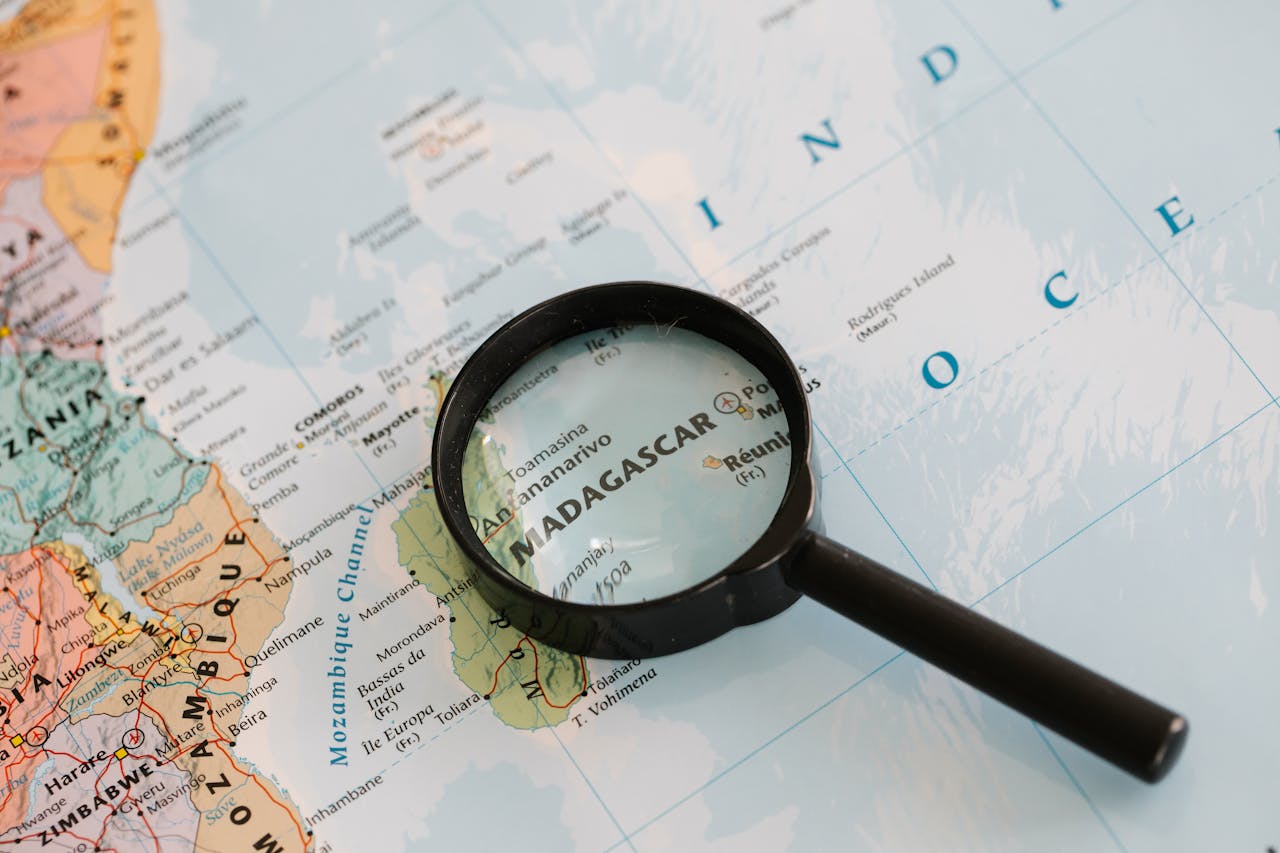In the heart of Madagascar lies one of the world’s most extraordinary landscapes: the Tsingy of Bemaraha. This UNESCO World Heritage site, located in the western part of the island, is a geological marvel that has captivated travelers, scientists, and adventurers alike. Known for its dramatic, razor-sharp limestone formations, the Tsingy is a place where nature’s artistry takes on a striking, almost surreal form.
What are the Tsingy?
The word “Tsingy” comes from the Malagasy language and means “where one cannot walk barefoot,” a fitting description for this landscape of towering limestone pinnacles. Over millions of years, erosion and other natural forces have shaped the area into a labyrinth of sharp, jagged spires, deep gorges, and labyrinthine passageways. The Tsingy of Bemaraha spans more than 150,000 hectares and is divided into two main sections: the Tsingy de Bemaraha Strict Nature Reserve and the Tsingy de Bemaraha National Park, both of which are renowned for their breathtaking beauty and unique ecosystems.
The region’s otherworldly landscape was formed around 200 million years ago when the area was once covered by a vast ocean. As the water receded and the land slowly uplifted, the limestone formations remained, eroded by wind and rain into the towering “needles” that define the Tsingy today. The formations are so complex that they resemble an alien city, with narrow canyons, deep crevices, and bridges formed by roots of trees growing through the cracks.
A Biodiversity Hotspot
While the Tsingy of Bemaraha is famous for its stunning geological features, it is also a biodiversity hotspot. The reserve is home to an impressive variety of flora and fauna, many of which are endemic to Madagascar. It is a crucial habitat for numerous species, some of which are found nowhere else in the world.
One of the most iconic creatures in the Tsingy is the Decken’s sifaka, a species of lemur that is uniquely adapted to the rocky environment. These lemurs can navigate the steep cliffs with agility and grace, jumping from one spire to another. Other lemurs, like the white-fronted brown lemur and red-fronted lemur, also call the Tsingy home. The Tsingy’s remote location has allowed these species to evolve in isolation, creating a diverse and specialized ecosystem.
The plant life in the region is equally fascinating. Many of the plants in the Tsingy are adapted to survive in the harsh conditions of the limestone formations, with some species thriving in the cracks and crevices where water collects. The Tsingy is also home to numerous birds, reptiles, and invertebrates, many of which are endemic to Madagascar.
Exploring the Tsingy
Visiting the Tsingy of Bemaraha is an adventure in itself. The reserve is not easily accessible, but that’s part of what makes it so special. The journey to the Tsingy requires traveling through rugged terrain, often by 4×4 vehicle, and crossing rivers by ferry. Once inside the park, visitors are rewarded with a truly unique experience.
There are several routes and trails to explore within the Tsingy, some of which involve traversing narrow rock ledges, climbing ladders, and even using zip lines to navigate the heights. The Grand Tsingy, with its towering spires and expansive views, is one of the most popular areas to visit. It’s a challenging hike, but one that offers unparalleled vistas of the surrounding forest and limestone formations. For those seeking a less intense experience, there are gentler trails in the Petit Tsingy area that still offer stunning views and close encounters with the park’s unique wildlife.
Aside from hiking, visitors can also explore the Manambolo River, which flows through the park’s limestone gorges. Boat trips along the river offer a completely different perspective of the Tsingy’s formations and provide the opportunity to spot some of the park’s wildlife, including bird species and lemurs.
Conservation Efforts and Challenges
While the Tsingy of Bemaraha is a natural wonder, it faces significant environmental challenges. The region’s delicate ecosystem is threatened by deforestation, illegal logging, and the impacts of climate change. Fortunately, conservation efforts are underway to protect this UNESCO site, and local communities have been involved in sustainable tourism initiatives that help balance environmental preservation with the benefits of tourism.
Responsible tourism plays a key role in the ongoing protection of the Tsingy. By visiting the area and supporting local conservation projects, travelers can help ensure that this incredible landscape remains intact for future generations.
A Journey to Remember
The Tsingy of Bemaraha is a place where nature’s power and beauty are on full display. With its jagged limestone peaks, rich biodiversity, and unparalleled views, it’s no wonder this site has earned its status as a UNESCO World Heritage site. For those willing to make the journey, a visit to the Tsingy promises an unforgettable adventure—one that immerses visitors in a landscape unlike any other on Earth. Whether you’re a nature lover, an adventure seeker, or a geology enthusiast, the Tsingy of Bemaraha offers a glimpse into the raw, unspoiled beauty of Madagascar.



